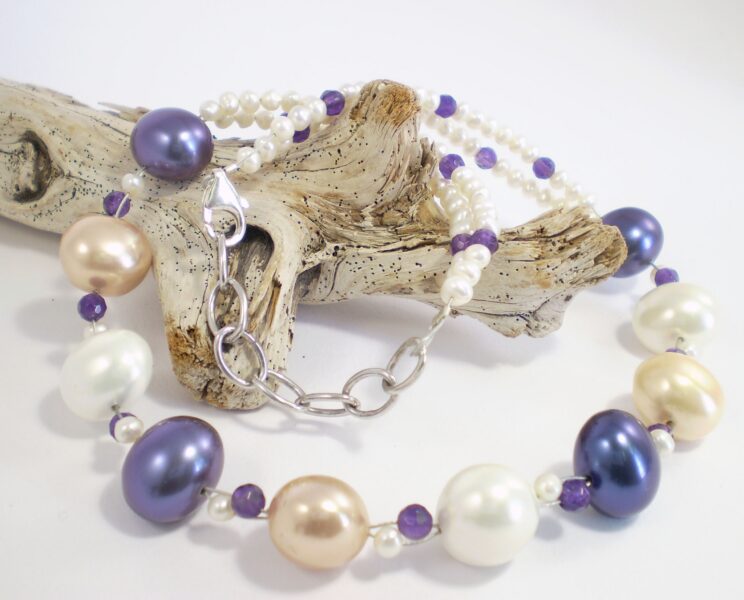Silicone rubbers are rubber-like materials made of silicone and can be made with multiple formulations to further enhance specific properties. In general, silicone rubbers are stable, non-reactive, and resistant to extreme temperatures and environments while maintaining its original properties. In addition, silicone rubber is easy to manufacture and mold into desired shapes.
There are numerous applications for silicone rubber across multiple industries. Silicone rubber is lightweight, making it valuable in automobile applications as it reduces the overall weight of the vehicle, thereby saving fuel. Due to its insulation properties, it is useful for electronics as well. It is also used to make products such as cooking/baking products, food storage products, medical devices, sealants for repairs, apparel such as undergarments and sportswear, and footwear.
For more information on the global silicone rubber market, a detailed market analysis can provide relevant data and insights.
Silicon Rubber Market: Global Outlook
The global silicone rubber market is witnessing steep demand growth rates of 10-20 percent with not much capacity additions announced, resulting in the current supply crunch in the market, which is expected to remain tight until 2021. The total global supply of silicone rubber is currently estimated to be 680,000 metric tons (MT) despite a capacity estimated to be 900,000 MT, facing a demand of 780,000 MT. The maximum demand for silicone rubber is from China, which accounts for 54 percent of the global demand, while Europe accounts for 18 percent of the global demand.
There are multiple factors that have contributed to the supply crunch in the silicone rubber market. A shift in production location for Western producers to locations with a lower cost of production such as China has resulted in a reduction in operating rates. A reduced supply of siloxane monomer has also negatively affected the production capacity in the silicone rubber market. Although China is a major producer of silicone rubber with 580,000 MTPA capacity and demand of 420,000 MTPA, there continue to remain quality concerns, constraining the growth of the local market. Environmental inspections launched by the Chinese government on silicone rubber suppliers have further contributed to the supply crunch.
Silicone rubber already has immense applications across industries that are driving the growth of the market. However, the increasing adoption of silicone rubber in place of plastics in other applications is growing at a rapid pace. While plastics are non-biodegradable, silicone rubber is more environmentally friendly, and as a result, is emerging as a more popular alternative as governments and people across the world become more environmentally conscious.
Silicon Rubber Market: Industry Trends
- The 4 key suppliers of silicone rubber at a global level are Dow Corning, Wacker, Shin-Etsu, and Bluestar Silicones. These major players have full backward integration of the silicone value chain directly up to silicon metal, providing them with full control over the production. The maximum market share is held by Dow Corning and Wacker, enabling them to influence price movements. The fifth major player with backward integration is Momentive, however, due to the closing of one of their plants, their position in the market has weakened.
- Research is underway to develop cost-effective means of producing silicone rubbers, as the high production costs, because of expensive raw materials and processing, are the major challenges to the growth of the silicone rubber market. Further applications of silicone are also under research, including food applications since the U.S. FDA has deemed silicone rubbers or elastomers as Generally Recognized as Safe.
- The popularity of special grades of silicone rubber is another major trend of the industry, with new forms of silicone rubber designed to enhance particular properties, such as steam resistance, high tear resistance, extreme high-temperature tolerance, extreme low-temperature tolerance, chemical resistance, electrical conduction, and low smoke emission.
The silicone rubber market global outlook is immensely positive, driven by the various applications and properties of silicone rubber, as well as the flexibility of the material in shape and quality. Industry trends are focused on finding more applications of silicone rubber and reducing the cost since the high production costs pose a challenge to the market.




